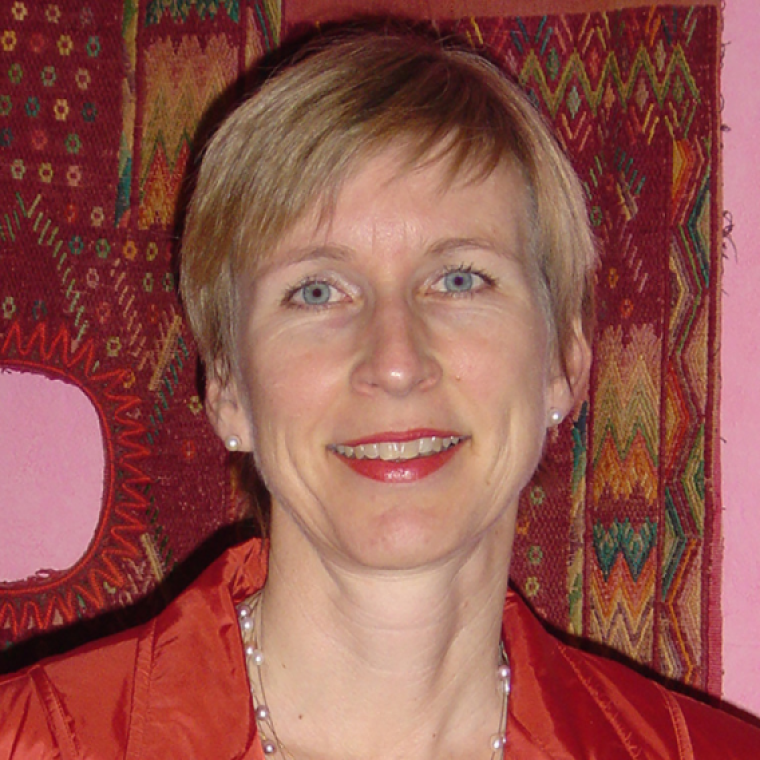Daniela Triadan

My research interests focus on the study of the sociopolitical development of small sedentary societies and societies that were more hierarchically organized, as well as prehistoric economic systems. Methodologically I specialize in ceramic technology, provenance studies, and the integration of material analyses into archaeological research. To pursue my research interests, I have been conducting extensive field and laboratory research in the American Southwest and Mesoamerica.
My projects in the Southwest include two large-scale studies on late prehistoric polychrome production and distribution, one centered on White Mountain Red Ware from east-central Arizona and the other on Chihuahua Polychrome from the Casas Grandes region in Chihuahua, Mexico.
My research in the Maya area included work in Belize and I have been co-directing the Aguateca Archaeological Project in Guatemala. Our research there was geared toward examining social, political, and economic organization and its change through the analysis of domestic assemblages. Excavations of elite residential structures at the epicenter of this rapidly abandoned city revealed the richest in situ floor assemblages found to date at a Classic Maya site, providing a unique opportunity for reconstructing Classic Maya household organization.
I have also been the Co-director of a project at the site of Ceibal, Guatemala, where my colleagues and I have been investigating the processes that led to the development of sedentism and social complexity during the Early Middle Preclassic, as well as the political disintegration during the Terminal Classic. This research is providing new information of the foundation of Maya Civilization as well as the so-called Maya collapse.
My colleagues and I recently started a new project in the middle Usumacinta River drainage in Tabasco and Chiapas, Mexico. We are excavating several Early to Middle Preclassic sites with early ritual architectural configurations called E-Groups. We are interested in possible connections of this area with the western Maya lowlands, including the site of Ceibal. We believe that this area may have been crucial in interactions between the Olmec area on the Gulf Coast and the earliest Maya.

